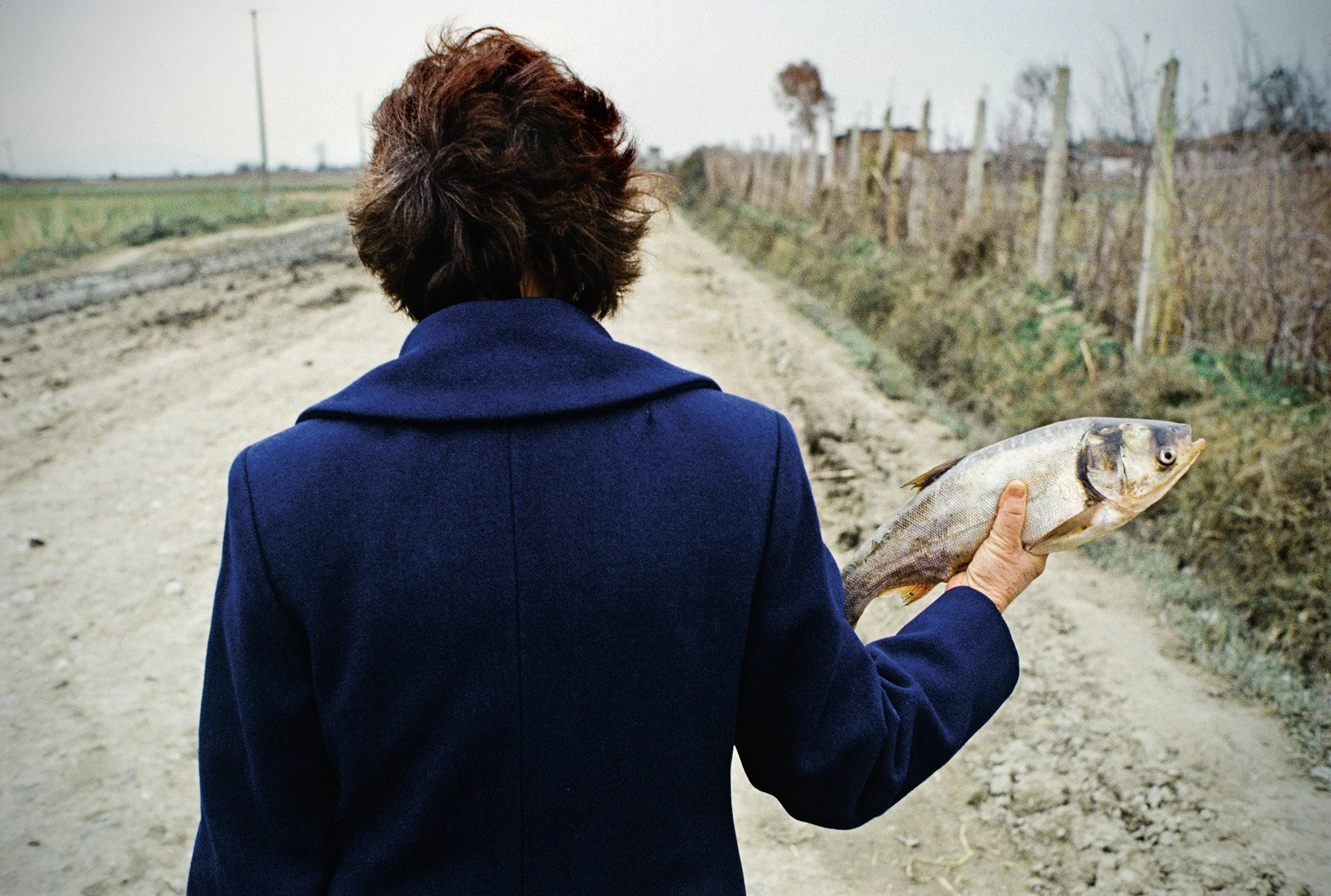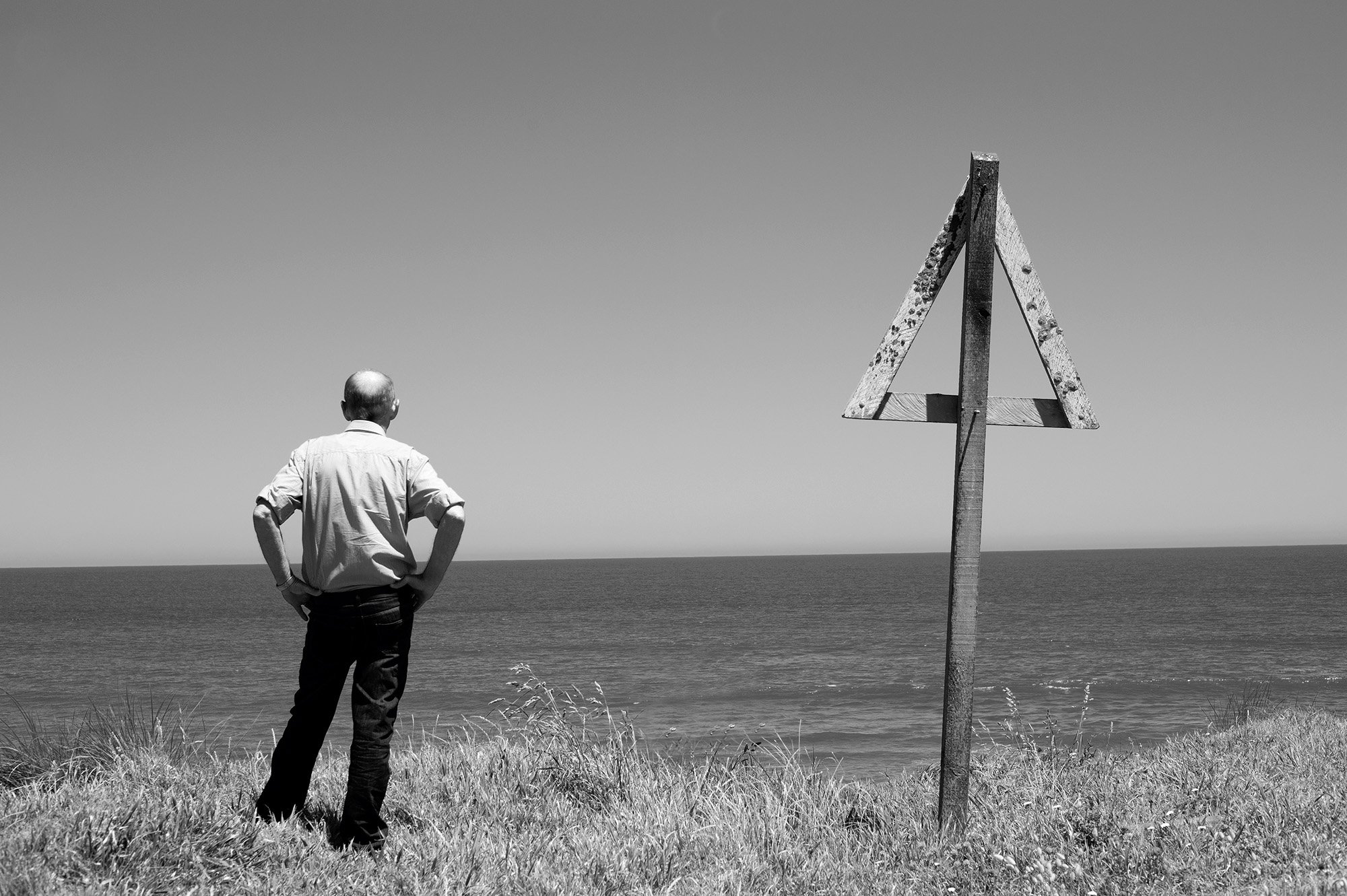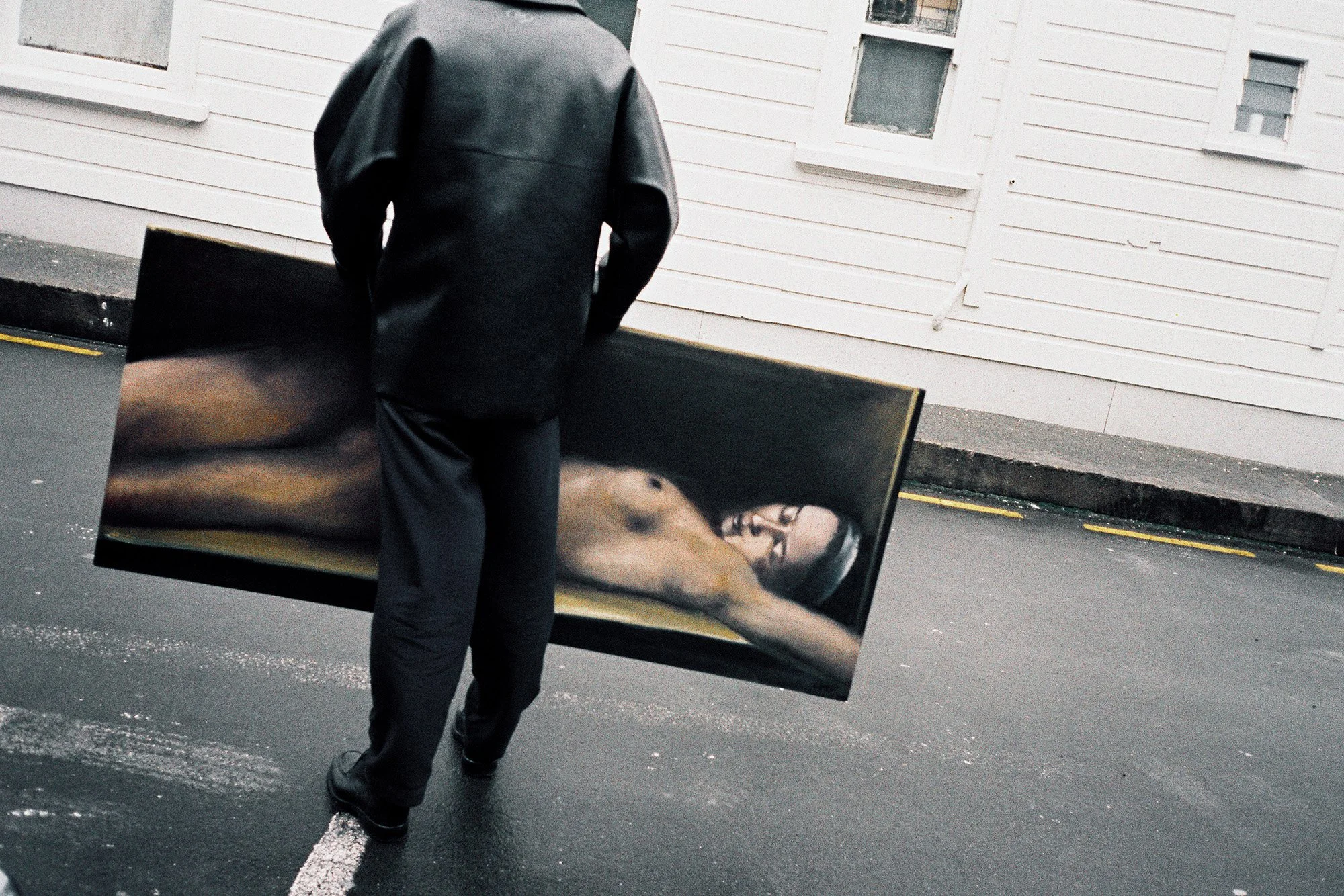MASSEY UNIVERSITY PRESS 2021
Reviewed by Michael Steven for PhotoForum
Michael Steven is the author of poetry collections ‘Walking to Jutland Street’ ( Otago University Press 2018) and ‘The Lifers’ (Otago University Press, 2021)

Reviewed by Michael Steven for PhotoForum
Michael Steven is the author of poetry collections ‘Walking to Jutland Street’ ( Otago University Press 2018) and ‘The Lifers’ (Otago University Press, 2021)





